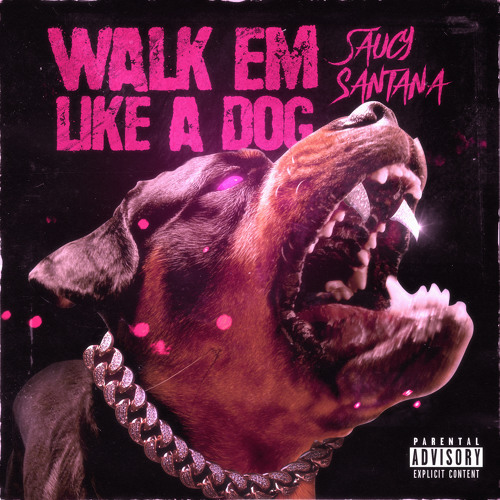

One easy way to do that? To make the pack privy to the location of food. And, like wolves, dogs look for ways to help their pack and please the pack leader. Dogs May Roll in Dead Animals to Communicate Information However, the iterations of the prey-predator theory are not the only ones being raised to answer the question of why dogs roll around in smelly stuff. This theory states that some smaller canids utilize the odorous scents of large predator animals to protect themselves from being hunted. The findings of these research experiments lend credence to a reconfigured version of the Predatory Camouflage theory. Surely wolves (and, by extension, dogs) wouldn’t want to smell like an even more ferocious predator if they were trying to hunt better? The foxes were observed regularly visiting sites that male mountain lions had used for scent marking and rolled around in the strong-smelling urine. The droppings of other, often larger predators.Ī similar study on scent rolling in grey foxes was conducted by ecologist Max Allen at the University of Madison at Wisconsin in 2016 and yielded similar results. Instead, they most preferred to get down and dirty with artificial substances like perfume and motor oil. What they found is surprising: the wolves did not rub themselves in the feces or carcasses of herbivores at all. In 1986, a group of Canadian scientists observed a collection of 15 wolves to study the behavior of scent-rolling. McConnell, a zoology professor at the University of Madison at Wisconsin, has stated: “ If a animal’s sensory ability is good enough to use scent as a primary sense for predator detection, surely they could still smell the scent of through the coating of yuck.” However, this theory has also raised considerable objections.ĭr. The theory follows that wolves began rolling around in odorous substances to hide their scent so they could hunt more effectively.Īs a result, dog psychologists like Stanley Coren have argued that domestic dogs have simply retained this behavior via evolution. However, if a deer that was being stalked only detected the scent of another deer’s droppings nearby, they would be less likely to bolt. Successful hunters in the wild are able to stalk their prey before pouncing.īut, if prey were able to pick up a wolf’s scent, they would immediately run for safety.

However, being a successful hunter is about more than just brute force and speed. Like wolves, all modern dogs are born with an innate urge to hunt prey. This carnivorous preference is one of the many biological characteristics that dogs inherited from their evolutionary ancestors: wolves. Here’s a fact that everyone can agree on: if you offer any dog a slice of meat, there’s a 0% chance that they’ll turn their nose up at it. Dogs May Roll in Smelly Stuff to Hide Their Own Scent Well, animal researchers have several theories that might answer your question. Your “beautiful spring day” has suddenly turned sour, as you realize you’ll now have to spend much of your afternoon scrubbing that horrendous stench out from your dog’s fur.Īs you look down at your dog (who’s happy as a clam with his accomplishment), you wonder “ Why do you do this all the time?!” You try in vain to get them to forget the carcass, but it’s too late. With such lovely conditions, you (naturally) decide to make the most of your day by taking your furry best friend on a walk.Īs you both happily trot along, you feel the leash tighten, your fur ball disappears behind you, and when you turn around you recoil in disgust at what you see: your dog is rolling around on a dead animal. The flowers outside are vibrant and fragrant. Picture this: it’s a beautiful spring day.


 0 kommentar(er)
0 kommentar(er)
